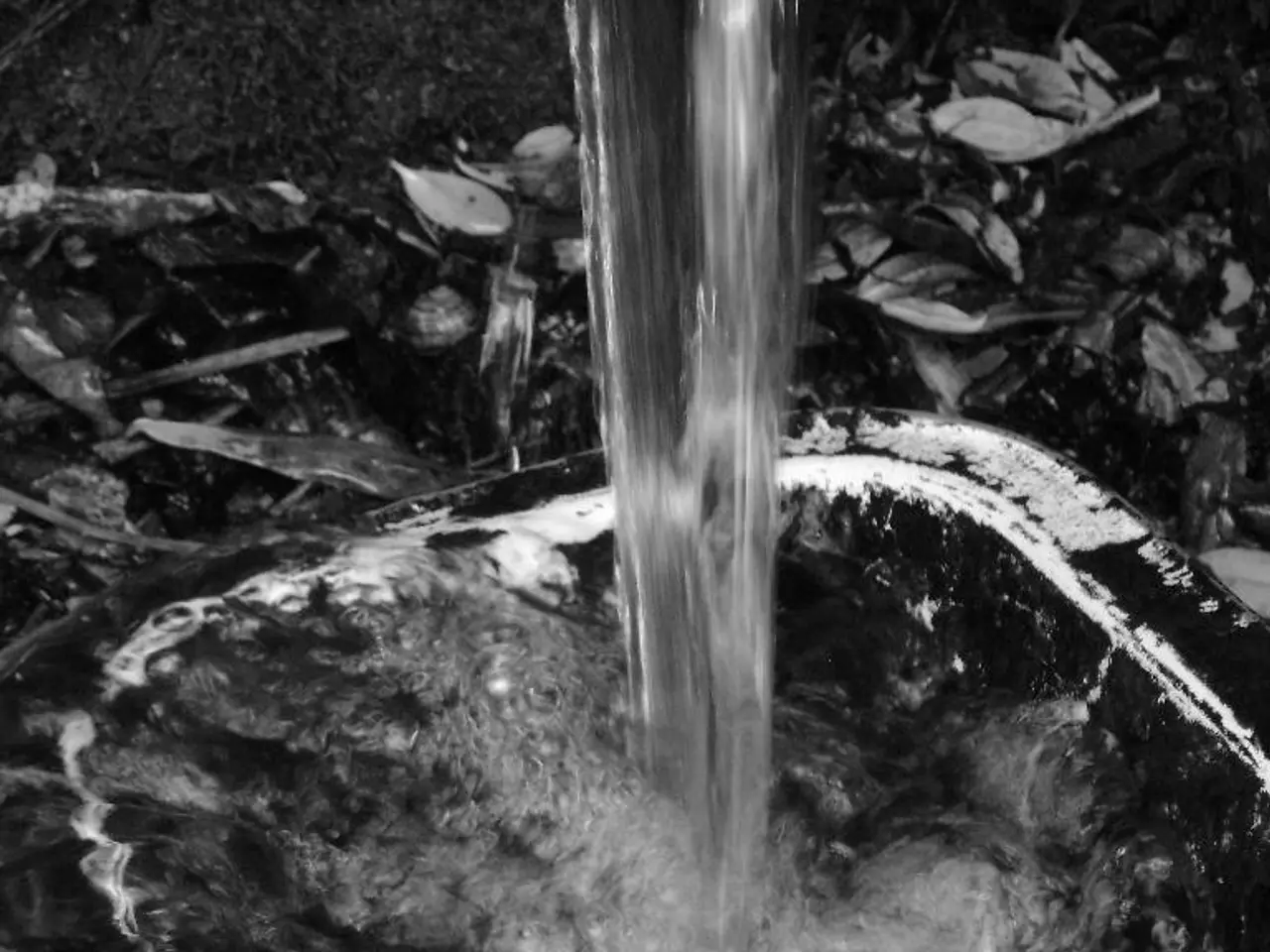Guide for Controlling Wisteria Growth in Your Garden, Preventing Dominance Over Your Outdoor Space
In the world of gardening, few plants are as captivating as the wisteria. However, two non-native species, Wisteria sinensis and Wisteria floribunda, have earned a reputation for their invasive nature, posing threats to buildings, trees, and native plants. This article provides a comprehensive guide on how to control the aggressive growth of these invasive wisteria varieties while maintaining their health and floriferousness.
Growing Wisteria in Pots
To grow wisteria in a pot, start with a plant that has a single stem, and choose a container slightly larger than the nursery pot. A sturdy stake is also essential. Potted wisteria should be pruned in late winter to six to 12 inches and repotted as it grows, moving to a slightly larger pot each time. Feed with a well-balanced fertilizer up to three times a year.
Propagation and Pruning
A better method of propagating wisteria is to plant hardwood cuttings in late winter before the flower buds swell, or graft on rootstocks. Regular, careful pruning is crucial to controlling the invasive growth of these vines. Prune twice yearly:
- In early to midsummer, cut new shoots back to about six inches and remove unnecessary shoots from the main vine and any root suckers.
- In late winter, prune lateral branches on the main trunk, leaving 3–5 buds per branch, and remove overcrowded or unruly branches. This keeps the vine manageable and reduces its spread.
If removal is needed, cut the vine close to the ground and apply herbicide directly to the cut surface to prevent resprouting.
Chemical Control
Chemical control with herbicide applied to cut stumps helps eradicate unwanted growth at the roots and prevents spread into natural areas. Local invasive species management programs and regulations, such as those in Virginia, emphasize education, prohibiting sale or planting of certain invasive species, and sometimes supervised volunteer herbicide use, contributing to broader invasive plant control efforts.
Choosing Native Varieties
Consider choosing native wisteria varieties, which are less invasive, as an alternative to non-native species if control seems too difficult. American wisteria (W. frutescens) and Kentucky wisteria (W. macrostachya) are native to the Southeast and are less invasive than their non-native counterparts.
Growing Conditions
Wisteria prefers moist, well-drained soil and should be planted in a warm, sheltered spot facing south or west. If planted against a warm, sunny wall, wisteria must be watered well and never let it dry out. Less water is needed in winter, but once the flower buds begin to form, regular watering is again needed.
Preventing Damage
To contain wisteria roots, avoid planting near walls, sidewalks, plumbing, and other structures, or use corrugated metal sheeting as a barrier. Wisteria grown from seed may never flower, and in most cases, even if it does, it may take years (up to 20) to do so. Fungal diseases are rare on wisteria, but if black patches on the leaves are observed, treat the plant with a fungicide.
Training and Moving Wisteria
Wisteria can be trained to grow into a wisteria tree by using a stake and tie tape. Move wisteria only if necessary, and only toward the end of the winter dormant period. When planting multiple wisteria vines, leave 10 to 15 feet between each plant to allow roots plenty of room to sprawl.
Summer Pruning
Summer pruning should occur after flowers fade and new growth begins looking unruly, around early to midsummer. Winter pruning should take place in late winter, as branches are easier to see without foliage.
In conclusion, consistent pruning combined with careful herbicide treatment and awareness of local regulations offers the best way to control the invasive behavior of non-native wisteria. By following this guide, gardeners can enjoy the beauty of wisteria while minimizing its impact on the environment.
- For those growing wisteria in a pot, select a container slightly larger than the nursery pot, and ensure a sturdy stake is available.
- Propagating wisteria can be achieved through planting hardwood cuttings in late winter or grafting on rootstocks.
- Regular pruning is essential for controlling the invasive growth of wisteria: prune in early to midsummer, and in late winter.
- Chemical control with herbicide applied to cut stumps aids in eradicating unwanted growth at the roots and preventing spread into natural areas.
- To maintain a less invasive garden, consider choosing native wisteria varieties such as American wisteria or Kentucky wisteria.
- In terms of home-and-garden lifestyle and organic gardening, growing wisteria requires moist, well-drained soil, and a warm, sheltered spot with adequate watering.




